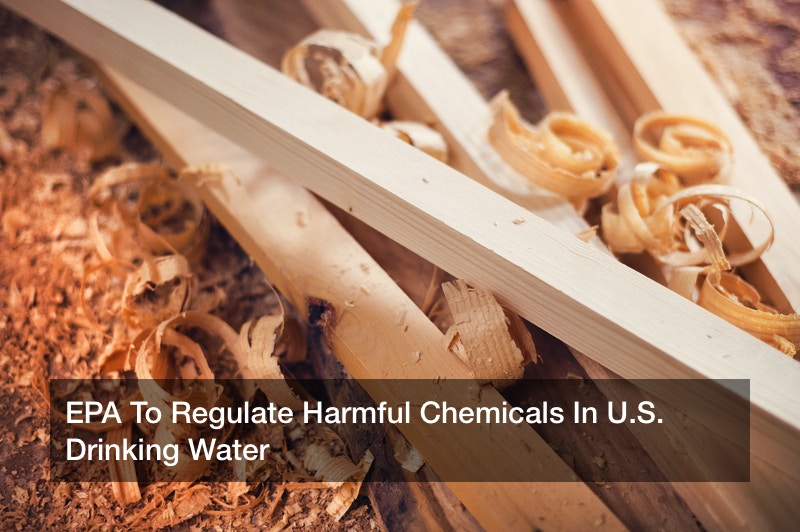EPA To Regulate Harmful Chemicals In U.S. Drinking Water
The Environmental Protection Agency announced plans on Thursday, February 14, to start regulating harmful chemicals that have been found in U.S. drinking water. According to USA Today, in the next few months, the EPA will set a maximum contaminant level for polyfluoroalkyl substances (PFAS) in water systems that serve millions of Americans for drinking water. […]
